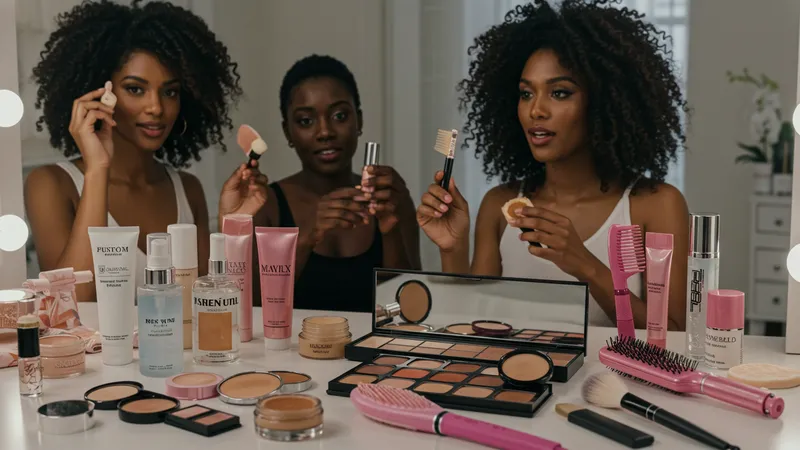
Learn About Beauty & Personal Care Trends
Personalization and Inclusivity in Emerging Beauty & Personal Care Trends
One driving force in current beauty trends is the move toward personalization. Customizable skincare regimens, shade-matching technology, and personalized product recommendations are now standard, allowing individuals to fine-tune their routines. For instance, Fenty Beauty’s broad spectrum of foundation shades solves longstanding issues of exclusion, making makeup accessible for nearly every skin tone. As personalization tech improves, users experience products that better fit their needs and preferences.

Inclusivity is no longer optional—it’s expected. Beauty brands leading the way have integrated diverse product offerings and tapped into marginalized markets. OLEHENRIKSEN’s versatile skincare addresses varying skin types and concerns, while Dyson Airwrap’s adjustable attachments cater to different hair textures. These thoughtful inclusions foster a sense of belonging for all users, solidifying brand loyalty and expanding appeal.
Digital tools are playing a significant part in personalization. Mobile apps and online quizzes help individuals identify suitable ingredients, foundation shades, or optimal hair styling methods. Brands leverage artificial intelligence to analyze user data, providing recommendations that drive satisfaction and minimize the trial-and-error process traditionally associated with personal care. These digital enhancements make the shopping journey smoother and more intuitive.
The entire industry benefits when trends lean toward inclusivity and personalization. Not only do consumers feel seen and empowered, but companies gain valuable feedback for refining future launches. Personalization also encourages product diversity, which helps address a wider range of skin and hair needs, leading to continual improvement across beauty and personal care categories.